SAFETY THAWING FOOD
By. Najih - 26 Jul 2024.jpg)
When food is frozen at 0°C and below, some of the bacteria found in the food may be inactive but are still alive. When frozen food is thawed, its core temperature rises and bacteria may start to be active again and multiply. Frozen food should therefore not be left to thaw at room temperature, to prevent food poisoning bacteria that may be present from multiplying to high levels. Frozen food is recommended to be thawed in the chiller maintained at a temperature not below 0ºC and not above 4ºC, or by using a microwave oven.
1) Thawing of Food
a) Thaw food thoroughly before cooking. Frozen or partially frozen food will require longer cooking time. The external surfaces of this food could be cooked, but the inner portion might remain uncooked and harmful bacteria within the food may not be killed.
b) Check for ice crystals in the food using your hand or a skewer. If food is not fully thawed, continue to thaw the food until no ice crystals are present. Test again before cooking or reheating.
c) Cook thawed meat immediately and do not refreeze thawed food. Improper handling and refreezing of food may lead to the growth of bacteria.
d) Thaw only the amount of food you require for cooking.
e) Follow the food manufacturer’s instructions on how to prepare food that does not need to be reheated after thawing, e.g. cheesecakes. When possible, thaw such food in the refrigerator.
f) When thawing food, separate raw meat from cooked or ready-to-eat food to prevent cross-contamination.
g) Do not thaw food on the floor.
2) Three Ways to Thaw Food Safely
a) Thawing in the Refrigerator or Chiller i. Plan ahead for sufficient time and space to defrost small amounts of food in the refrigerator / chiller maintained at a temperature not below 0ºC and not above 4ºC. If you have limited space in the chiller, portion food into smaller quantities before freezing. Place only the required amount in the chiller when you need to thaw the food. ii. Thaw food in the refrigerator or chiller at all times until it is used or consumed. Thawing food in the refrigerator or chiller will keep it at a safe temperature. iii. Thaw raw food at the lowest shelf of the refrigerator or chiller or below cooked / ready-to-eat food to prevent cross-contamination. Place food on a tray or in a container to prevent drippings from meat and poultry onto other food.
b) Thawing in Microwave Oven i. Place food in the microwave oven on the ‘defrost’ setting. ii. Stir or turn food over to facilitate thawing. iii. Cook the food immediately after thawing. Some areas of the food may become warm and begin to cook during the thawing process, bringing the food to the “Temperature Danger Zone” between 5°C and 60°C. iv. Refrain from thawing large food items in the microwave. v. Clean the microwave thoroughly after using it for thawing.
c) Thawing by Submerging in Tap Water i. Place food to be thawed in a clean leak-proof packaging. Submerge the package in a container of clean ice water, with frequent change of water as the food continues to thaw. Do not place food directly in the sink or into container of water without packaging it. ii. Cook thawed food immediately. iii. Avoid cross-contamination from water dripping off the food or splashing onto other food, preparation surfaces and utensils. iv. Thaw food without opening the package to prevent contamination.

Mitigating Biological and Chemical Hazards: Our Rigorous 7-Step HACCP Protocol in Wild-Caught Fisheries
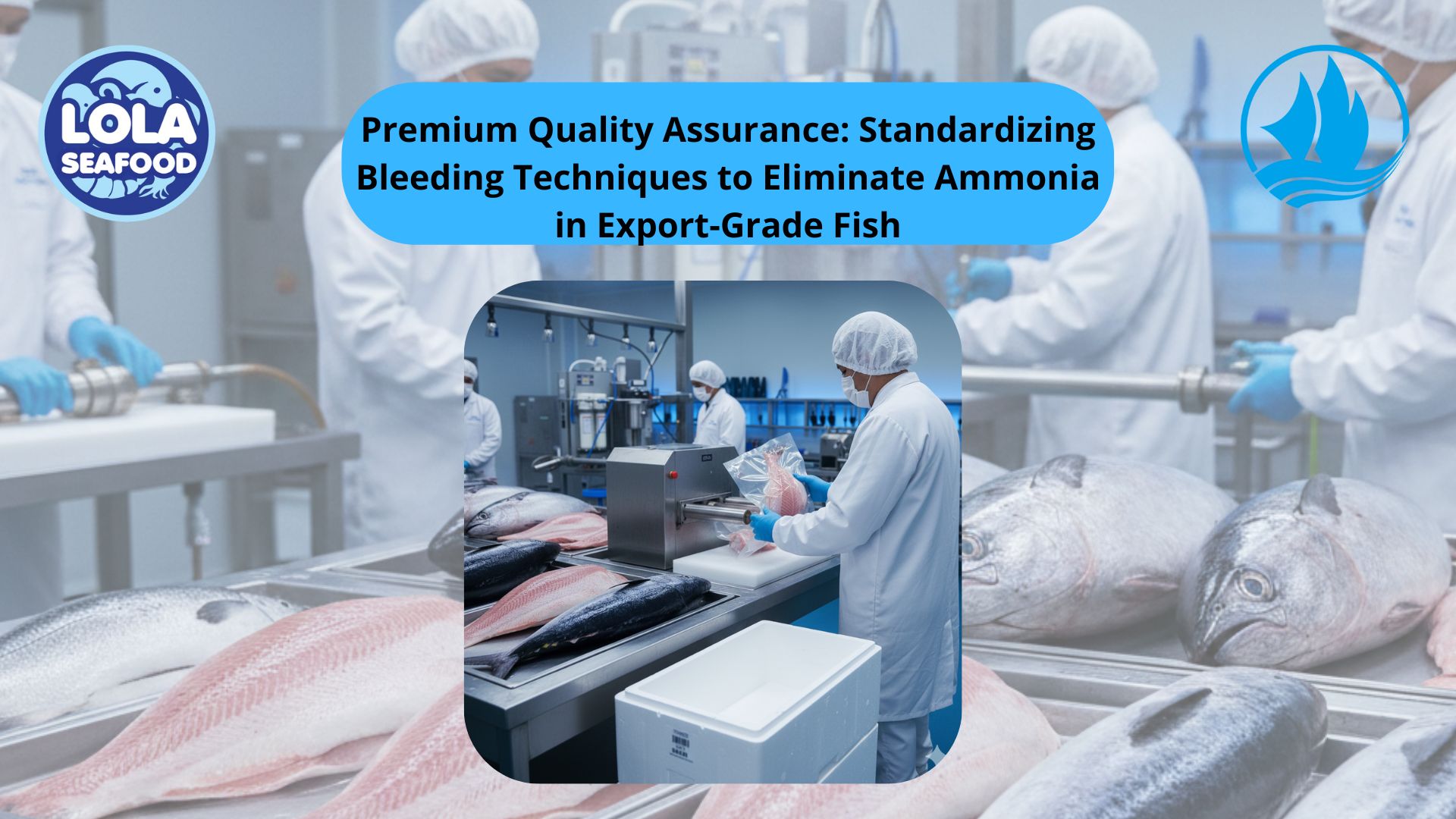
.jpg)
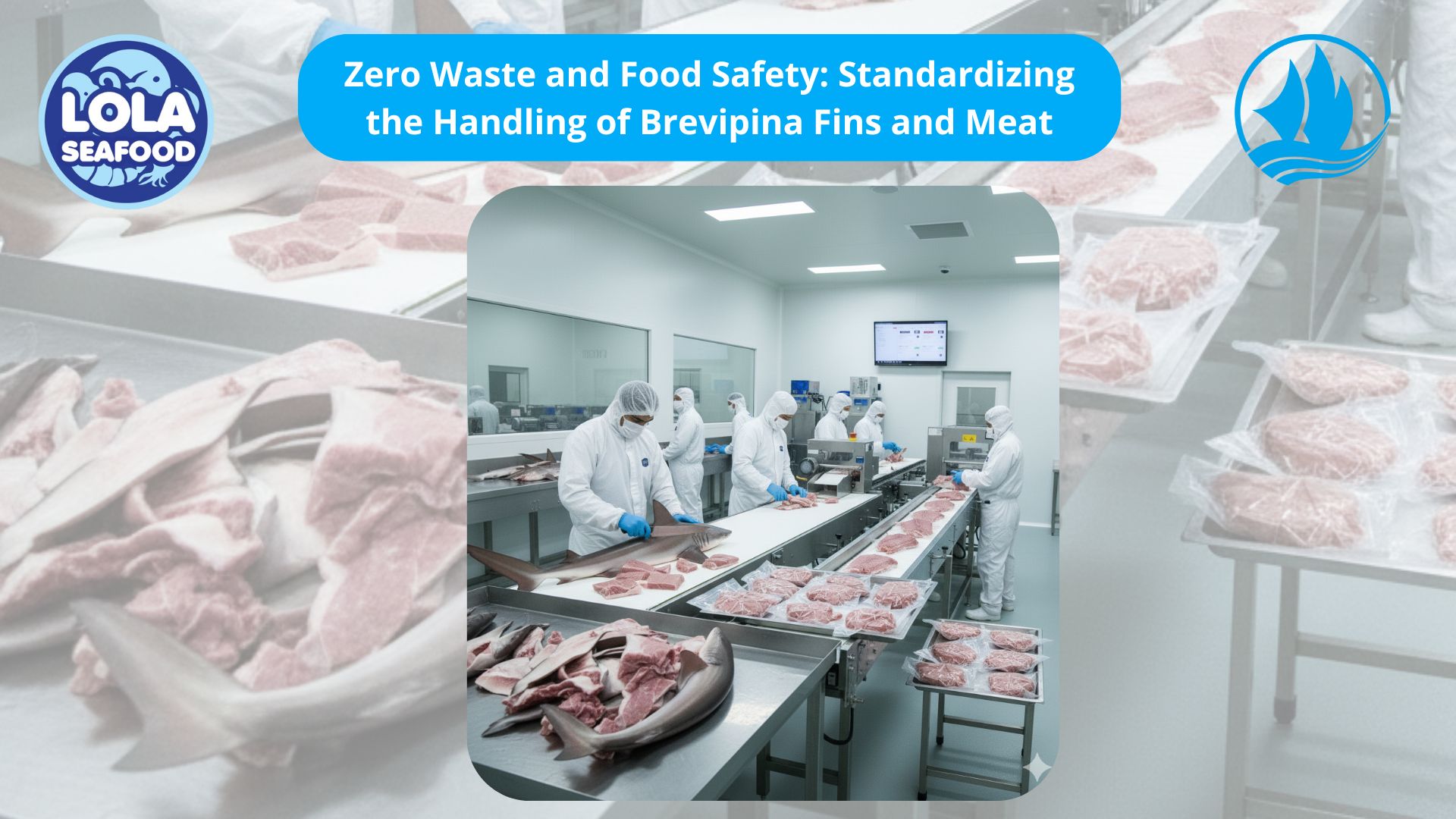
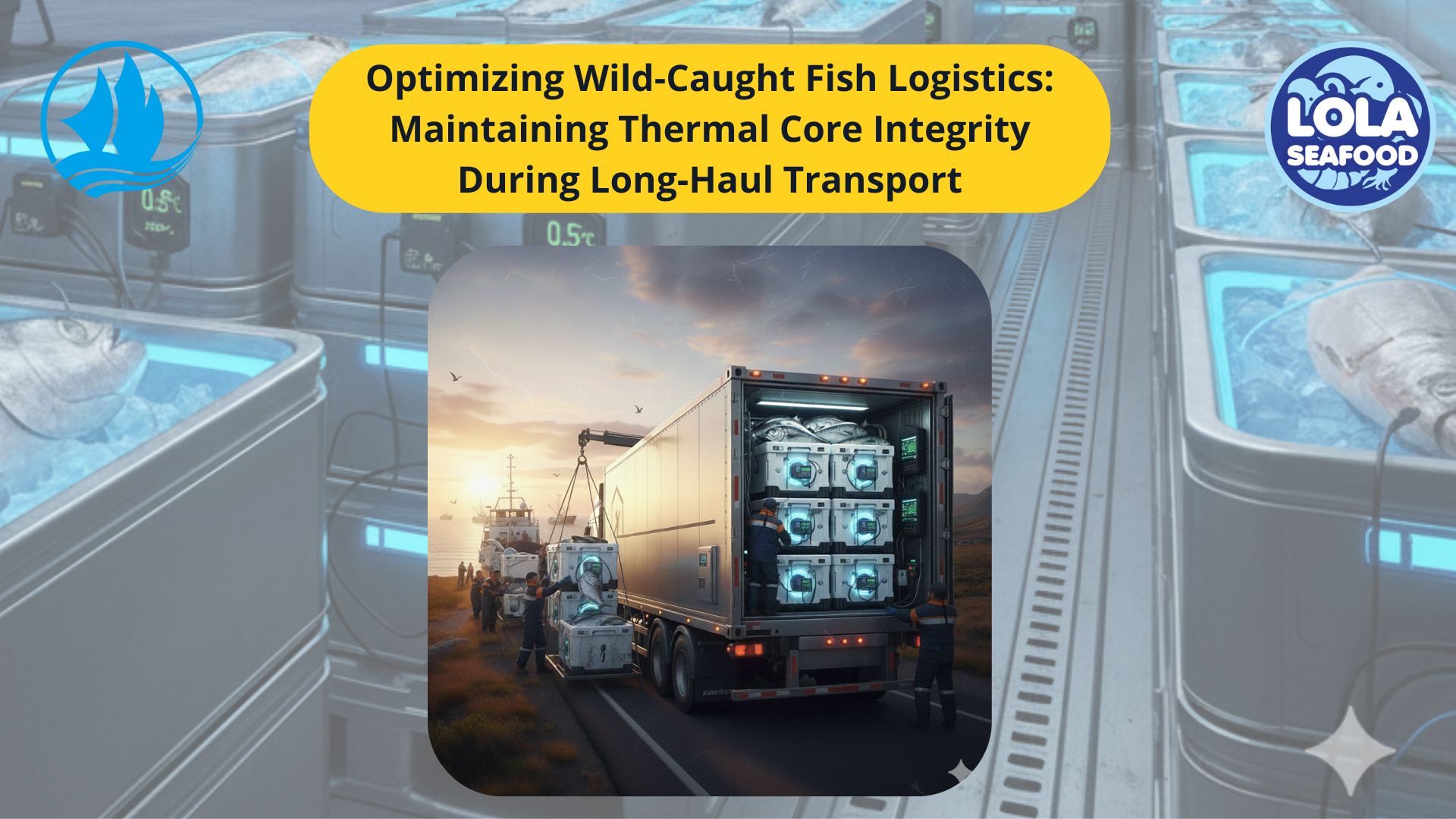
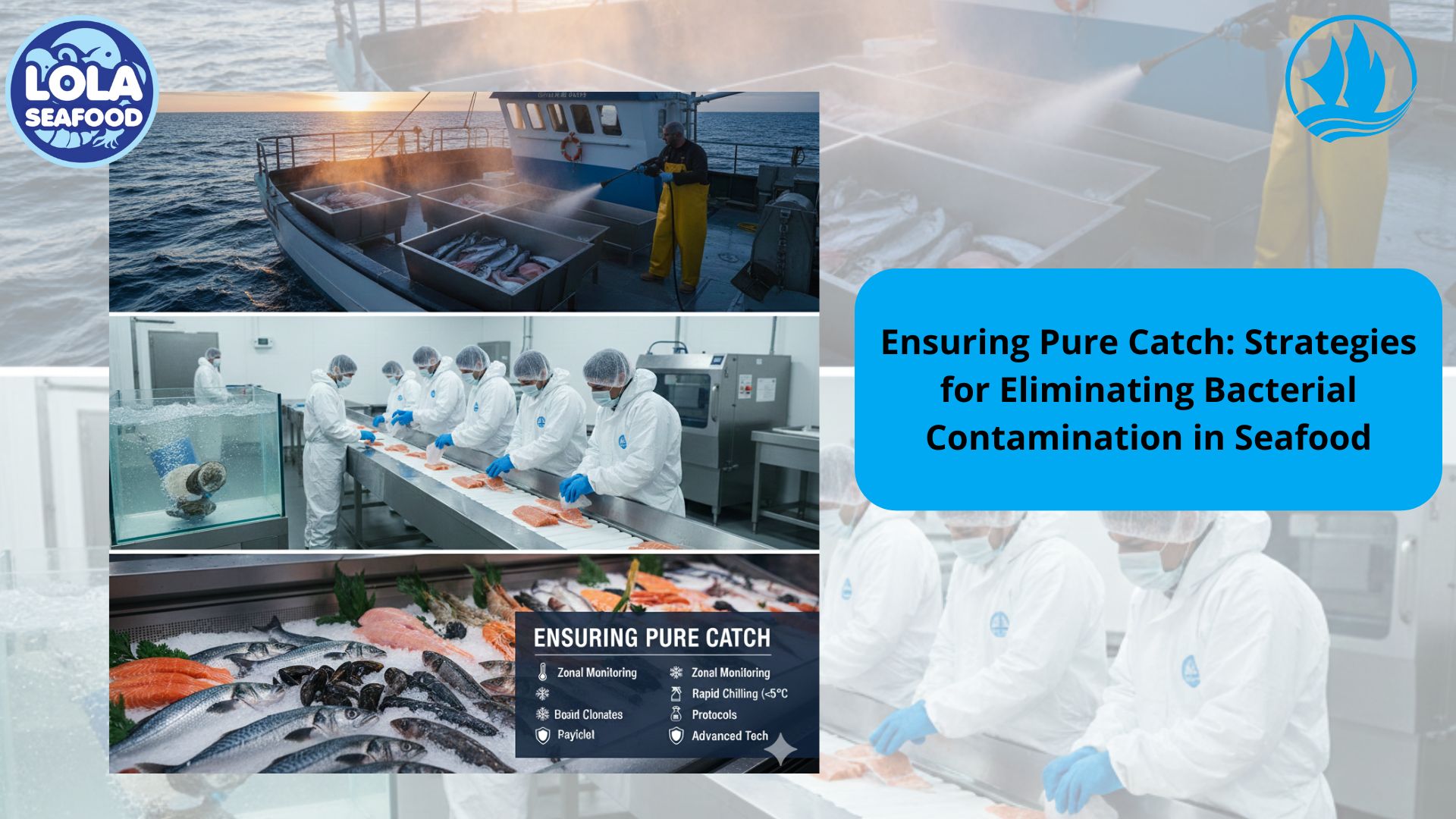
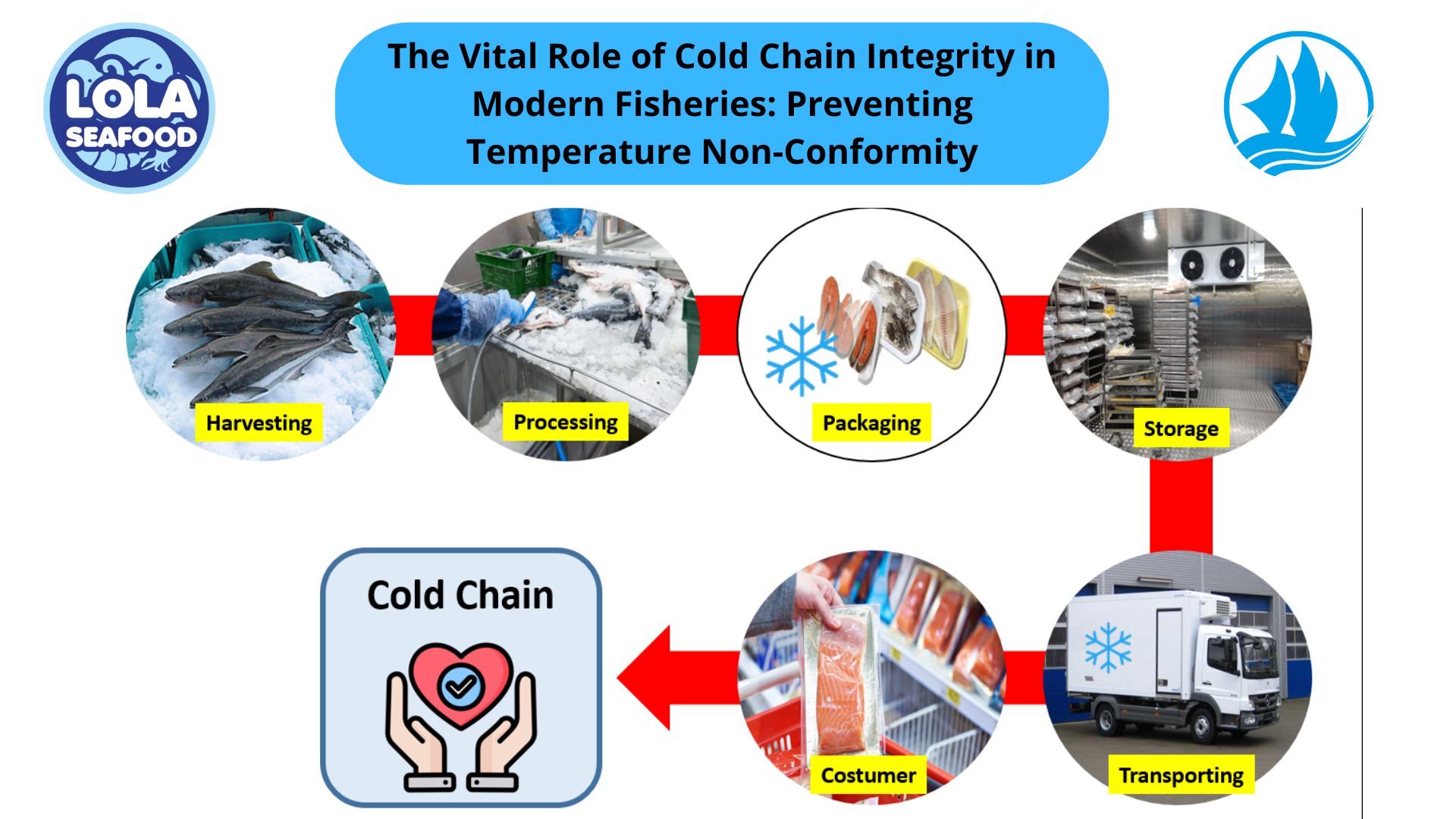
.jpg)
